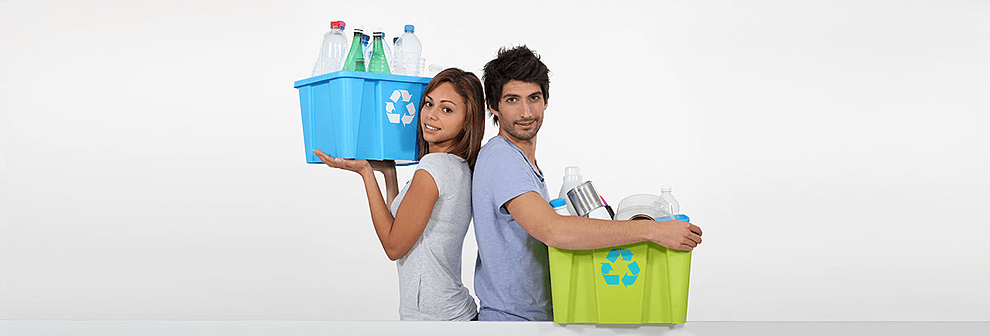Guide to Correct Trash Sorting
Posted on 15/11/2024
Trash sorting is an essential practice to help reduce waste sent to landfills, make recycling more efficient, and ensure hazardous materials are disposed of correctly. While many municipalities provide helpful guidelines, knowing the specific details for your area and following best practices can make a significant impact. This guide aims to help you sort your trash correctly, by providing comprehensive tips on the types of waste and the best disposal methods.
Understanding Different Types of Waste
Waste is generally classified into four categories: recyclable, compostable, hazardous, and general waste. Correct identification and sorting of these categories can greatly improve waste management efficiency.

Recyclable Waste
Recyclable wastes are materials that can be reprocessed into new products. Common recyclables include paper, cardboard, glass, metal, and certain plastics. It's important to clean and dry recyclables before putting them into the recycling bin to prevent contamination.
Paper and Cardboard
Paper and cardboard are among the most straightforward materials to recycle. Items such as newspapers, magazines, office paper, and corrugated cardboard boxes should be flattened to save space.
Glass
Glass bottles and jars are recyclable, but they should be rinsed clean. Be sure to remove any metal or plastic lids before recycling.
Plastics
Not all plastics are recyclable, so it's crucial to check the recycling codes usually found on the bottom of plastic containers. Codes 1 (PET) and 2 (HDPE) are commonly accepted in most recycling programs.
Metal
Aluminum cans, tin cans, and other metal containers can be recycled. Just make sure they are empty and rinsed.
Compostable Waste
Compostable waste includes organic matter that can decompose naturally to enrich the soil. This category includes food scraps, yard waste such as leaves, grass clippings, and some paper products like coffee filters and tea bags.
Food Scraps
Vegetable peels, fruit cores, eggshells, and other kitchen scraps can be composted. Avoid composting meat, dairy, and oily foods as they can attract pests and create odor issues.
Yard Waste
Leaves, branches, and grass clippings are ideal for composting. Specific composting guidelines may vary, so check with your local municipality.
Hazardous Waste
Hazardous waste includes materials that can harm health or the environment if not disposed of properly. Items such as batteries, paint, chemicals, and electronics fall under this category.
Batteries
Batteries should be taken to designated recycling centers as they contain toxic metals.
Electronic Waste
E-waste, including old smartphones, computers, and other electronics, should be recycled through special e-waste programs.
Chemicals and Paints
These substances may require special collection events or drop-off locations for safe disposal.
General Waste
General waste is material that cannot be recycled or composted, including certain plastics, wrappers, and other non-recyclable packaging.
Tips for Effective Trash Sorting
- Label Your Bins: Clearly label your different bins for recyclables, compost, and general waste to make sorting easier.
- Educate the Household: Ensure everyone in your household knows the rules and best practices for sorting trash.
- Stay Updated: Rules and guidelines can change, so stay informed about your community's waste management policies.
- Reduce Contamination: Clean and dry recyclables to prevent contamination.
- Use Designated Drop-Offs: Utilize local recycling centers and hazardous waste drop-off points.
Pros and Cons of Correct Trash Sorting
Pros
- Environmental Benefits: Reduces landfill waste and pollution, conserves natural resources.
- Economic Benefits: Creating new products from recycled materials is often less expensive and less energy-intensive.
- Health Benefits: Properly managing hazardous waste reduces the risk of exposure to toxic substances.
Cons
- Time-Consuming: Sorting trash requires effort and time.
- Initial Costs: Setting up a proper sorting system can involve initial expenses.

Key Takeaways
- Properly categorize waste into recyclables, compostables, hazardous, and general waste.
- Always clean recyclables before discarding.
- Use designated recycling and hazardous waste disposal facilities.
- Stay informed and regularly update your knowledge about local waste management practices.
Conclusion
Correct trash sorting is not just about separating items; it's about making responsible choices that benefit the environment, economy, and our health. By understanding the different types of waste and following proper disposal guidelines, you can contribute significantly to waste reduction and recycling efforts. Start implementing these practices today, educate those around you, and make a long-term commitment to sustainable living.




